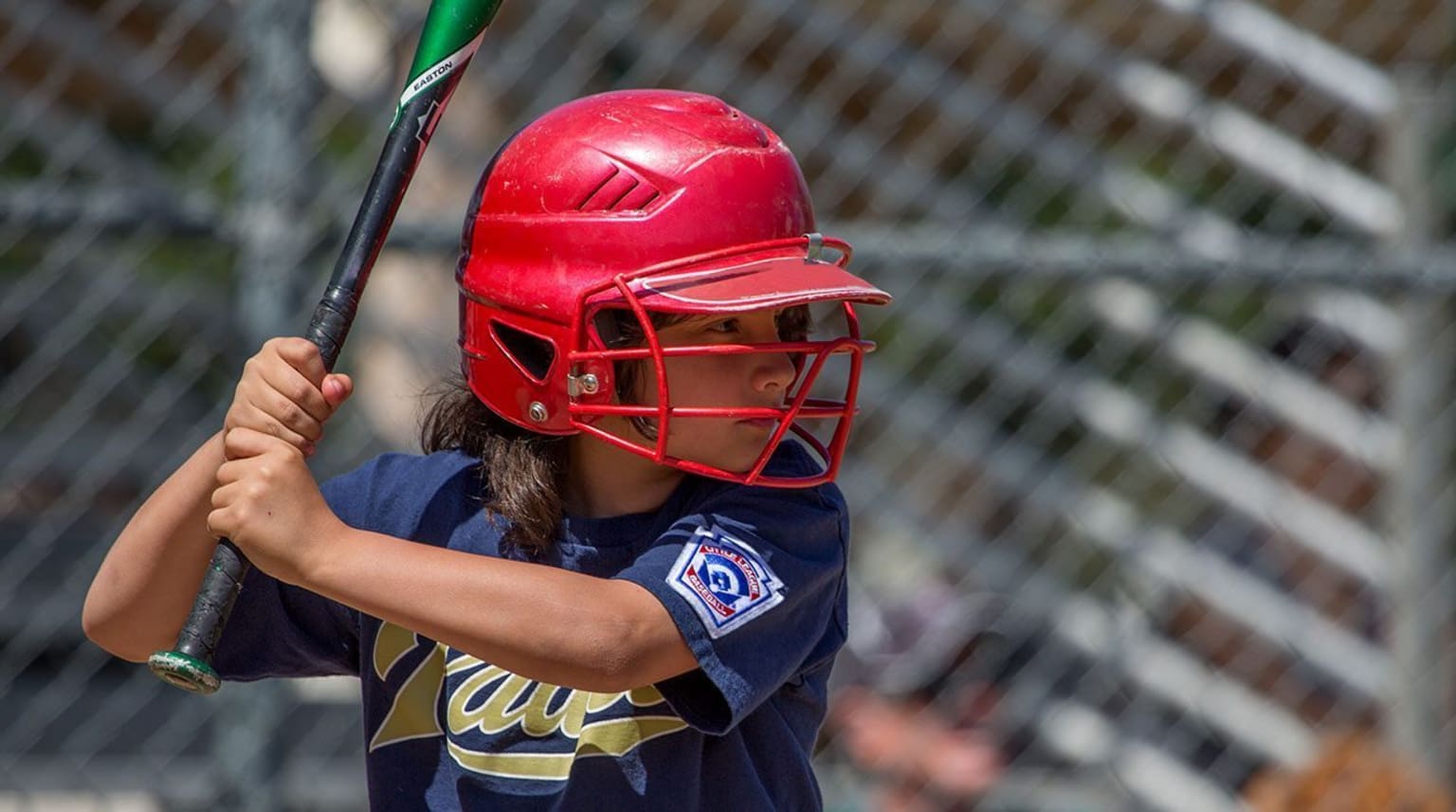
This month, we will explain and outline an umpire’s ruling when a batter swings and is hit on the hands by a pitched ball. The situation described below is applicable in all divisions of Little League Baseball® and Little League Softball®.
Situation
In the top of the third inning, with no outs and runners on second base and third base, and a one ball, one strike count on the batter, the pitcher throws a pitch inside to the batter, who swings. The ball hits the batter on the hands as he completes the swing. The contacted ball rolls on the ground in fair territory, where the pitcher fields the ball and throws it to first base for an apparent out. As the defense attempted to complete the play, the base runners advanced, with the lead runner crossing home plate. As the play is taking place, the umpire is verbalizing and signaling “Time.” At the conclusion of the action, the home plate umpire returns the batter to the batter’s box and re-sets the runners on base. Before the ball is put back into play, the Manager of the offensive team asks the home plate umpire why the batter does not get first base because the pitch hit the batter. The home plate umpire reiterates to the Manager that the batter offered at the pitch and that the hands are NOT part of the bat. Therefore, the at-bat continues, and the umpire assessed a strike to the batter’s count per his judgment that the batter had attempted to hit the ball. If the ball had not been swung at, it may still have been ruled a strike based on the pitch’s location in the strike zone at the point of contact with the batter.
Explanation
By rule, when a batter swings at or is touched by a pitch, the ball is immediately declared dead. The umpire judges whether the pitch is a strike or a ball, based on the location of the ball and the strike zone, or whether or not the batter attempted to swing, then adjusts the count accordingly.
Rule 2.00 – Definition of Terms – Dead Ball, and Rule 6.08 (b)